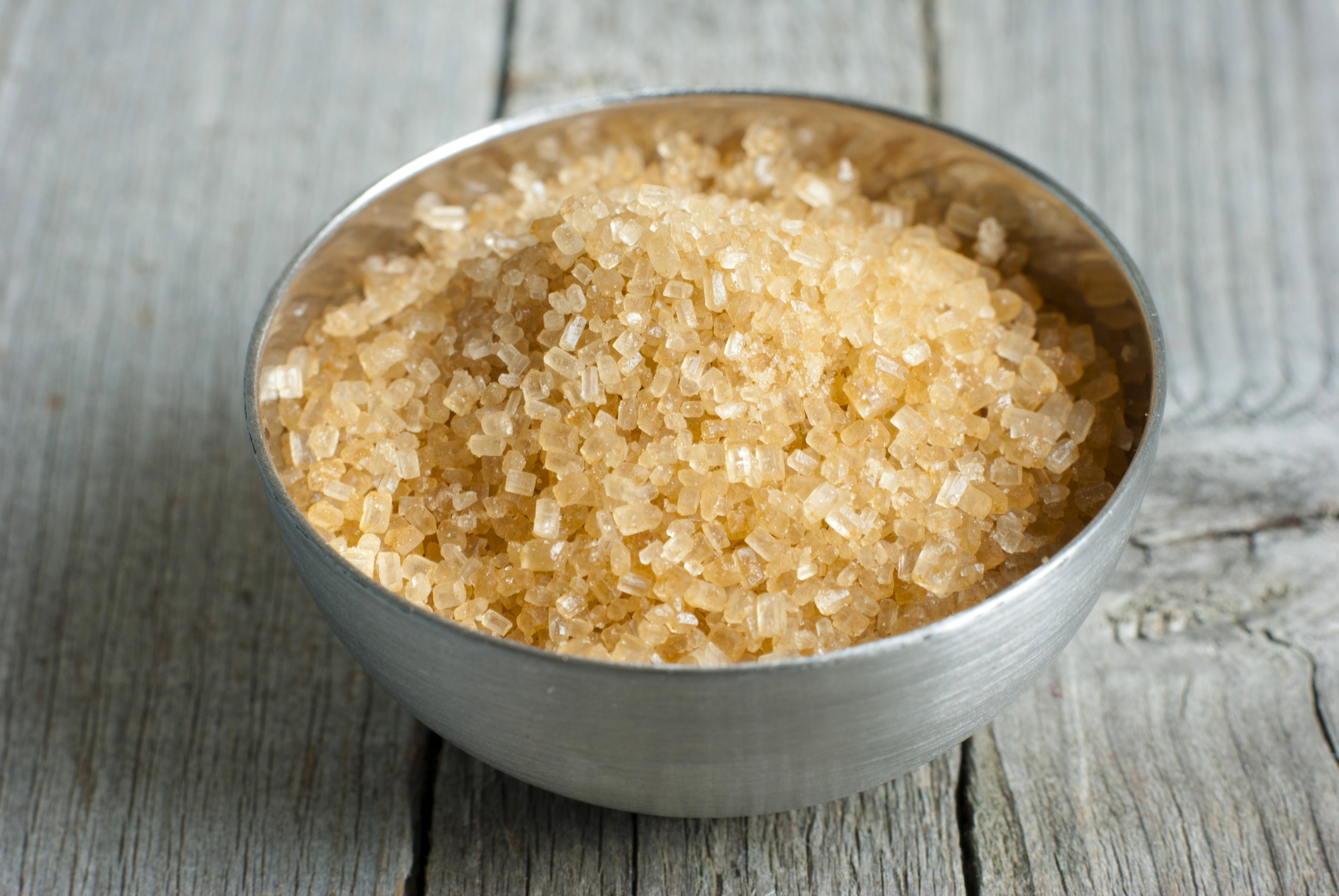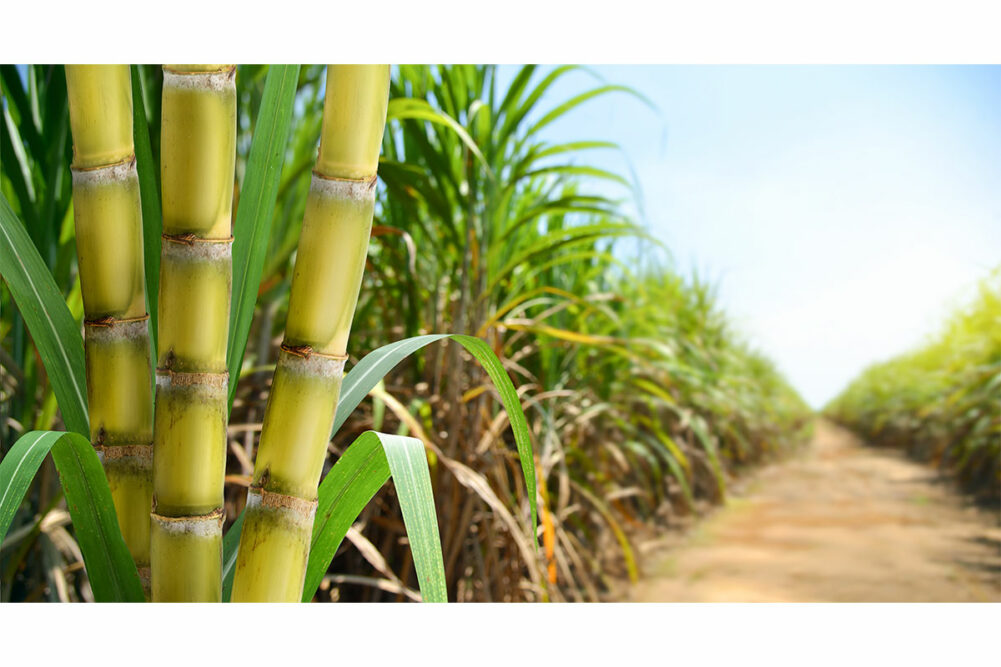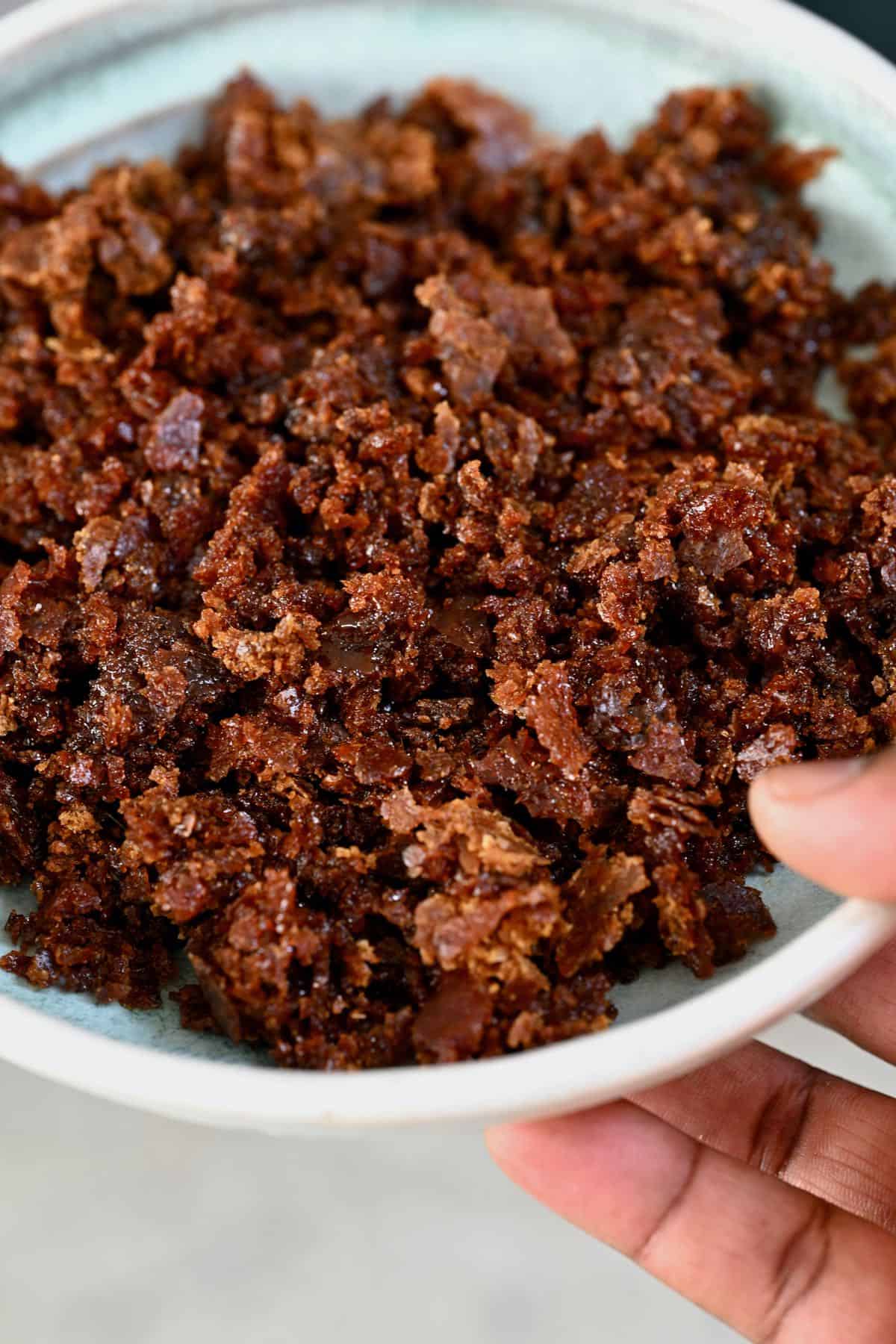Cane Sugar Processing: Trick Technologies for Superior Sugar Manufacturing
Cane Sugar Processing: Trick Technologies for Superior Sugar Manufacturing
Blog Article
Exploring the Comprehensive Steps Included in Cane Sugar Handling From Collecting to Improvement
The procedure of cane sugar manufacturing encompasses a series of intricate actions, starting with the cautious harvesting of sugarcane and finishing in the improvement phases that guarantee the final item meets industry criteria. Each stage, from the removal of juice to the filtration and formation procedures, plays an important function in identifying the high quality and character of the sugar. Comprehending these phases not just highlights the intricacy of sugar production but likewise elevates important inquiries concerning efficiency, sustainability, and technology in the market. What implications do these elements have for future practices?
Collecting Sugarcane
Collecting sugarcane is an important action in the walking cane sugar handling chain, as it directly influences the quality and yield of the end product. Proper timing and strategies are necessary during this phase to guarantee optimum sugar material and decrease losses. Commonly, sugarcane is collected when it reaches maturity, typically 12 to 18 months after growing, defined by a high sucrose concentration.

Post-harvest, the sugarcane must be processed promptly to stop sucrose degradation. Ideally, collected walking stick ought to be transferred to refining facilities within 24 hours to protect sugar quality. Therefore, reliable logistical preparation is critical to preserve the stability of the gathered crop throughout the supply chain.
Removal Process

The smashed cane undergoes a collection of pushing procedures to make best use of juice healing. Generally, hot water is sprayed onto the crushed walking cane, developing a countercurrent flow that aids liquify the sugar while additionally assisting in the removal process. The juice collected from this procedure consists of not only sugar yet additionally numerous natural compounds and impurities.

To improve removal efficiency, some centers may use diffusion techniques, where the sugarcane is soaked in hot water, permitting the soluble sugars to diffuse right into the fluid. The resulting juice, rich in sucrose, is after that routed to subsequent handling stages, laying the structure for purification and improvement. The removal procedure is hence crucial in establishing the high quality and yield of the final sugar product.
Filtration Methods
The purification strategies used in cane sugar processing are crucial for changing the raw juice right into a top quality sugar item. These methods largely aim to eliminate impurities, such as soil, plant products, and inorganic compounds, which can detrimentally affect the end product's flavor and shade.
This process includes click resources including lime and warm to the raw juice, which helps with the coagulation of contaminations. Furthermore, the use of phosphoric acid can boost the clarification process by further binding pollutants.
One more considerable method is carbonatation, where co2 is presented to the made clear juice. This response generates calcium carbonate, which records continuing to be impurities and promotes their removal.
Moreover, turned on carbon therapy may be put on adsorb any staying colorants and natural impurities, making certain an extra polished item. The mix of these techniques efficiently prepares the sugar juice for subsequent steps in the refining procedure, establishing the phase for the production of high-quality cane sugar.
Formation Approaches
After the purification phase, the next critical action in cane sugar handling entails formation approaches, which play a crucial role in transforming the cleared up juice right into strong sugar. This procedure typically utilizes 2 key approaches: spontaneous condensation and controlled formation.
In spontaneous condensation, supersaturated sugar solutions are enabled to cool down naturally, leading to the formation of sugar crystals over time. This technique permits for the uniform development of sugar crystals and greater purity.
During condensation, the made clear juice is concentrated with dissipation, raising its sugar content up until it gets to supersaturation. As soon as this factor is achieved, either method can assist in the formation procedure. Cane Sugar Processing. The resultant sugar crystals are then separated from the staying syrup via centrifugation
Ultimately, the choice of condensation approach influences the quality, size, and purity of the final sugar product, making this step crucial in the overall cane sugar processing procedure.
Refinement and Packaging
How can the pureness and quality of walking stick sugar be better boosted after condensation? The improvement procedure plays an essential function in accomplishing top quality cane sugar.
Next, the sugar goes through a procedure called centrifugation, where it is spun at high speeds to divide the purified sugar crystals from the staying fluid. After centrifugation, the sugar is usually additional refined via a technique called carbonization or phosphatation, which utilizes triggered carbon or phosphoric acid to eliminate shade and off-flavors.
Once fine-tuned, the sugar is dried to accomplish the desired dampness material, ensuring that it stays stable throughout storage and transportation. The last step includes product packaging the refined sugar in airtight and moisture-proof containers to keep its quality and stop contamination. Cane Sugar Processing. Proper packaging not just extends service life yet also assists in easy handling and distribution, making sure that consumers get sugar that fulfills the greatest criteria of purity and quality
Final Thought
The detailed actions involved in cane sugar processing, from the careful harvesting of sugarcane to the intricate refinement and packaging stages, highlight the relevance of each phase in making sure premium sugar manufacturing. Optimum harvesting strategies, efficient extraction methods, and rigorous purification processes jointly add to the end product's pureness and stability. The formation and succeeding product packaging techniques better boost the honesty and service life of the sugar, highlighting the intricacy and accuracy visit here intrinsic in this essential farming sector.
The procedure of walking cane sugar manufacturing includes a collection check this of intricate steps, starting with the careful harvesting of sugarcane and culminating in the refinement stages that make sure the last item fulfills sector criteria. Ideally, gathered walking cane needs to be transferred to processing facilities within 24 hours to maintain sugar top quality.In spontaneous crystallization, supersaturated sugar options are permitted to cool down naturally, leading to the development of sugar crystals over time - Cane Sugar Processing. The improvement process plays an important role in attaining top notch walking cane sugar.The detailed steps entailed in walking stick sugar processing, from the thorough harvesting of sugarcane to the elaborate refinement and product packaging stages, emphasize the significance of each stage in making certain top notch sugar production
Report this page